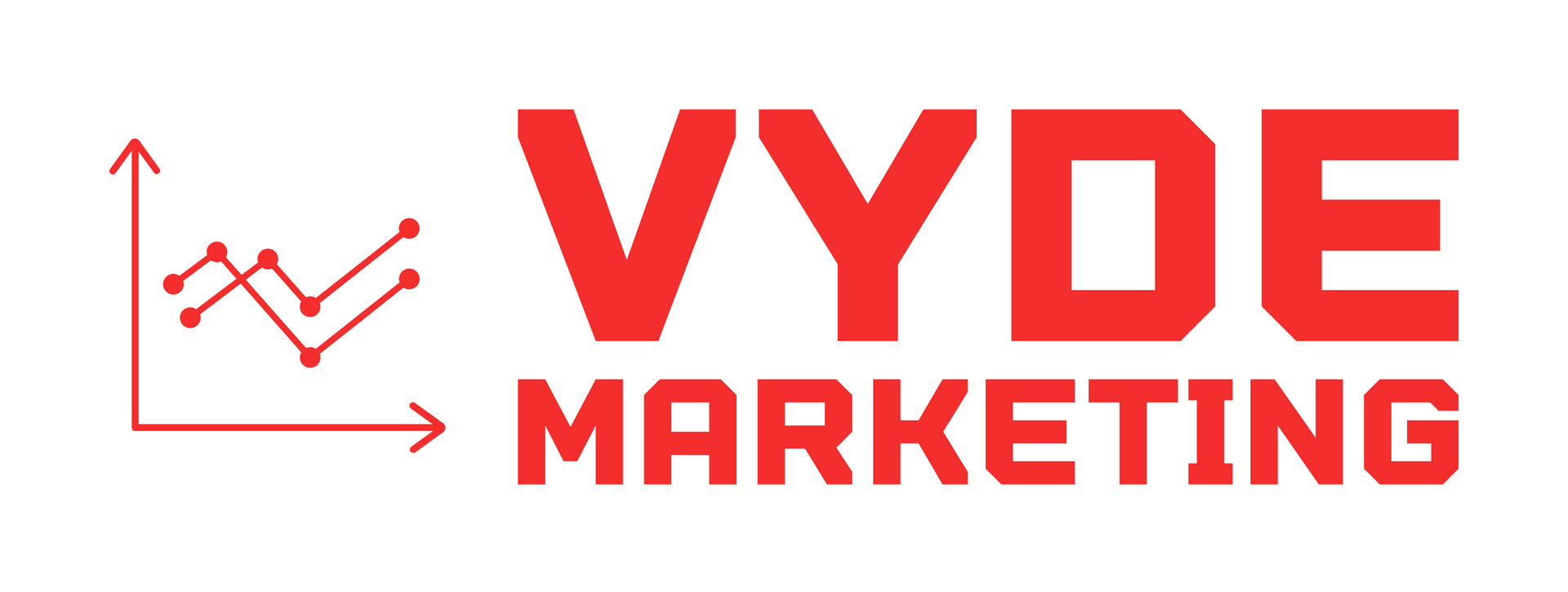How to Optimize Your Website for Mobile Users
How to Optimize Your Website for Mobile Users
With a significant portion of internet traffic coming from mobile devices, businesses must ensure their websites provide a seamless experience for mobile users. This blog will guide you through the essential steps to optimize your website for mobile, enhancing user experience and improving your site's performance.
Understanding Mobile Optimization
Mobile optimization refers to the process of adjusting your website content and design to ensure it functions well on mobile devices. With more than half of global internet traffic coming from mobile phones, ignoring mobile optimization can result in losing a substantial audience. Optimizing your website for mobile users leads to better engagement, lower bounce rates, and higher conversion rates.
Mobile-Friendly Design Principles
Responsive Design
Responsive design is a web design approach that ensures your website looks and functions well on all devices, from desktops to smartphones. It involves using flexible layouts, images, and CSS media queries to adjust the website's layout according to the screen size.
- Explanation of Responsive Design: It allows a single website to provide an optimal viewing experience across various devices without needing separate versions for desktop and mobile.
- Benefits: Improved user experience, easier maintenance, and better SEO rankings as search engines prefer mobile-friendly sites.
Touchscreen Usability
Designing for touchscreen usability is crucial for mobile optimization. Ensure that buttons and links are easily tappable and have enough spacing to avoid accidental clicks. This enhances the overall user experience by making navigation intuitive and effortless.
Simplified Navigation
Mobile screens are smaller, so it's essential to streamline menus and navigation bars. Use icons and clear labels to make navigation straightforward. Avoid complex menus that require multiple taps to reach the desired page.
Optimizing Website Content for Mobile
Short and Concise Text
Mobile users prefer quick and easy-to-digest content. Keep your text short and concise, using bullet points and headers to break up large blocks of text. This makes it easier for users to scan and find the information they need.
Optimizing Images and Media
Large image files can slow down your website, leading to poor user experience. Reduce image file sizes and use appropriate formats like WebP to ensure fast loading times. Consider using responsive images that adjust to different screen sizes.
Lazy Loading Techniques
Lazy loading is a technique where images and other media are loaded only when they appear in the user's viewport. This improves page load times and reduces initial load stress on the server.
- Benefits: Faster page load times and improved user experience.
- Implementation: Use JavaScript libraries or built-in browser support to implement lazy loading on your website.
Improving Mobile Page Load Speed
Page load speed is critical for mobile users, as slower speeds can lead to higher bounce rates and lower engagement. Here are some techniques to improve your site's speed:
Minifying CSS, JavaScript, and HTML
Minifying involves removing unnecessary characters from your code, such as spaces, comments, and line breaks. This reduces file sizes and improves load times.
Leveraging Browser Caching
Browser caching stores static files on the user's device, allowing the site to load faster on subsequent visits. Configure your server to set appropriate cache expiry times for your website's assets.
Using Content Delivery Networks (CDNs)
CDNs distribute your website's static files across multiple servers worldwide, reducing the distance between the user and the server. This results in faster load times for users, regardless of their location.
Tools to Test Mobile Page Speed
Use tools like Google PageSpeed Insights and GTmetrix to analyze your website's performance. These tools provide insights and recommendations for improving your site's speed and overall performance.
Mobile SEO Best Practices
Mobile SEO is crucial for ensuring your website ranks well in search engine results and reaches your target audience. Here are some best practices:
Mobile-First Indexing by Google
Google now prioritizes mobile versions of websites for indexing and ranking. Ensure your website is fully optimized for mobile to improve your search engine rankings.
Optimizing for Local Search
Mobile users often search for local businesses. Use local keywords and ensure your business information is consistent across all platforms. This helps your site appear in local search results.
Structured Data for Mobile
Implement schema markup to enhance your website's rich snippets in search results. Structured data helps search engines understand your content better, leading to improved visibility.
Testing and Monitoring Mobile Performance
Continuous testing and monitoring are essential to ensure your website remains optimized for mobile users.
Tools for Testing Mobile Usability
Use tools like Google's Mobile-Friendly Test and BrowserStack to test your site's usability on various mobile devices. These tools help identify issues and provide recommendations for improvement.
Monitoring User Behavior
Google Analytics can help you analyze mobile traffic and user behavior. Use this data to understand how mobile users interact with your site and make necessary adjustments. Heatmaps and user session recordings provide additional insights into user behavior and engagement.
Vyde Marketing can help design a mobile optimized website for your business. Contact us to learn how.




Vyde Marketing
Leading the way in Houston, TX with tailor-made Digital Marketing strategies for your Businesses.






